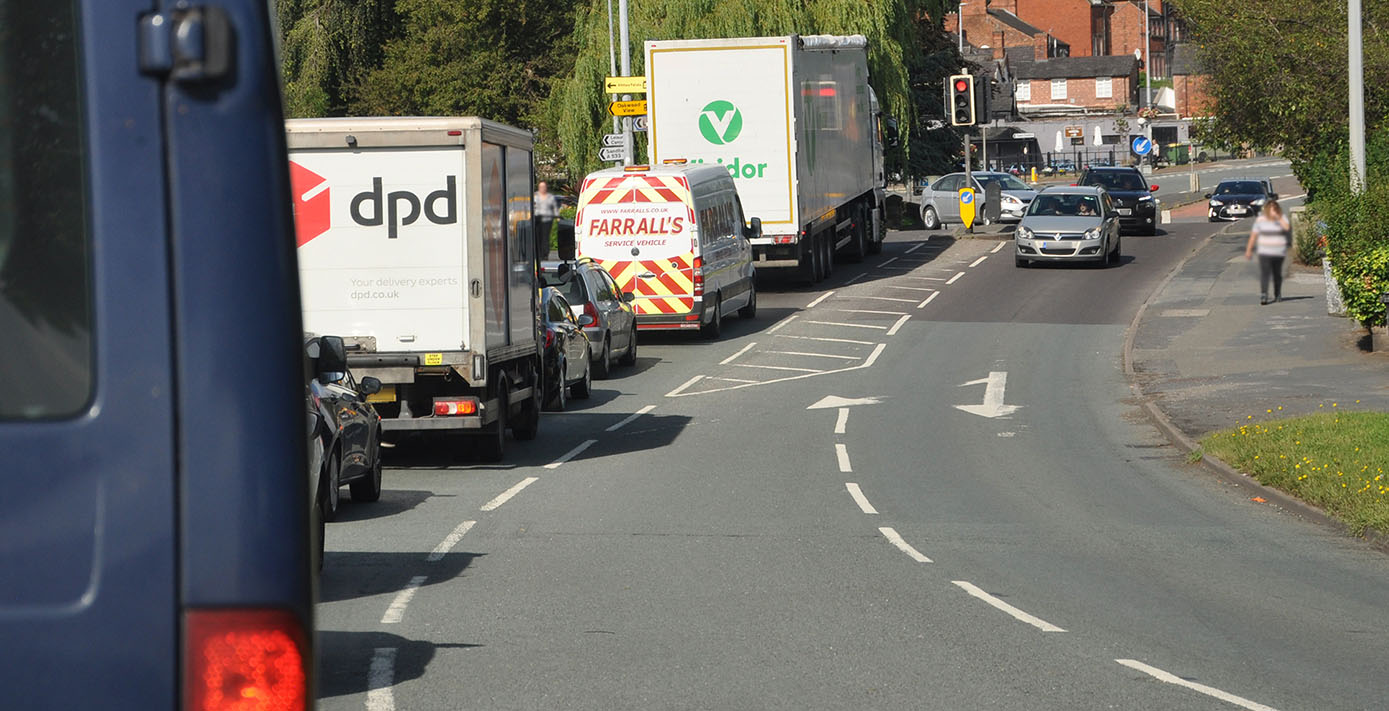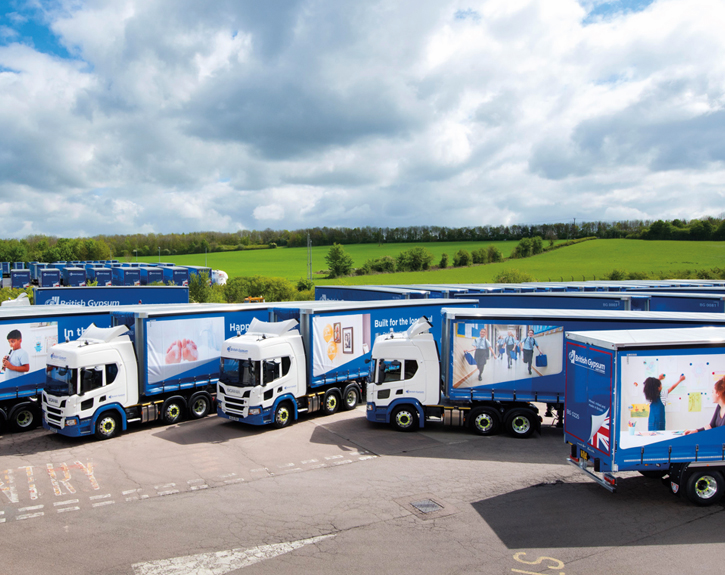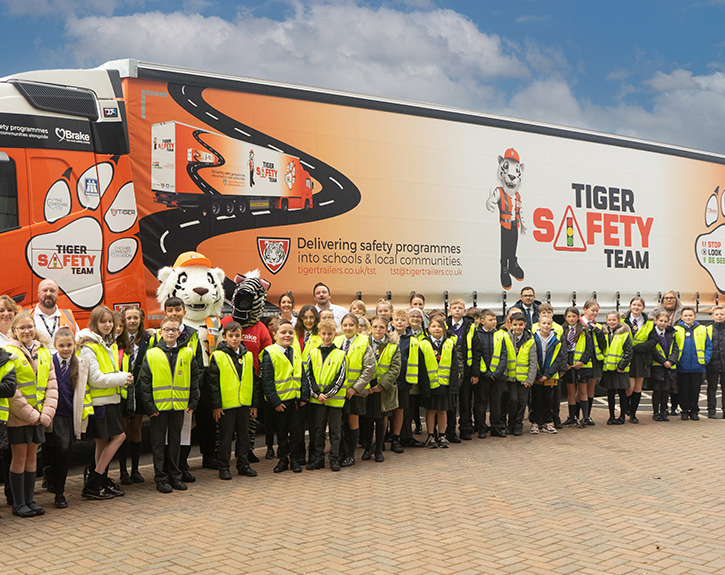The wide-ranging benefits of adopting the latest truck and trailer safety features
November is well known by many in the automotive industry, cycling fraternity, educational settings and other organisations as the month during which Road Safety Week is held annually by prominent charity, Brake. Although the theme of this year’s campaign1, No Need to Speed, doesn’t relate specifically to the road transport sector, it’s still humbling to know that someone is injured every four minutes on a road somewhere in the UK.
Statistics surrounding LCV & HGV traffic in the UK
Besides, road users come in all shapes and sizes, and according to government road traffic estimates cited by the RAC Foundation2, van traffic in the UK has grown far more quickly than all other vehicle types and, as of the end of 2019, represented 16% of total traffic with 55.5 billion vehicle miles driven by 4.1 million light commercial vehicles.
Although HGVs only form 5% of the UK’s combined road users, DfT statistics3 identify GB-registered vehicles having travelled 19.1 billion kilometres and transported 154 billion tonnes of goods during 2019, piloted by 300,100 class 1 and 2 drivers.
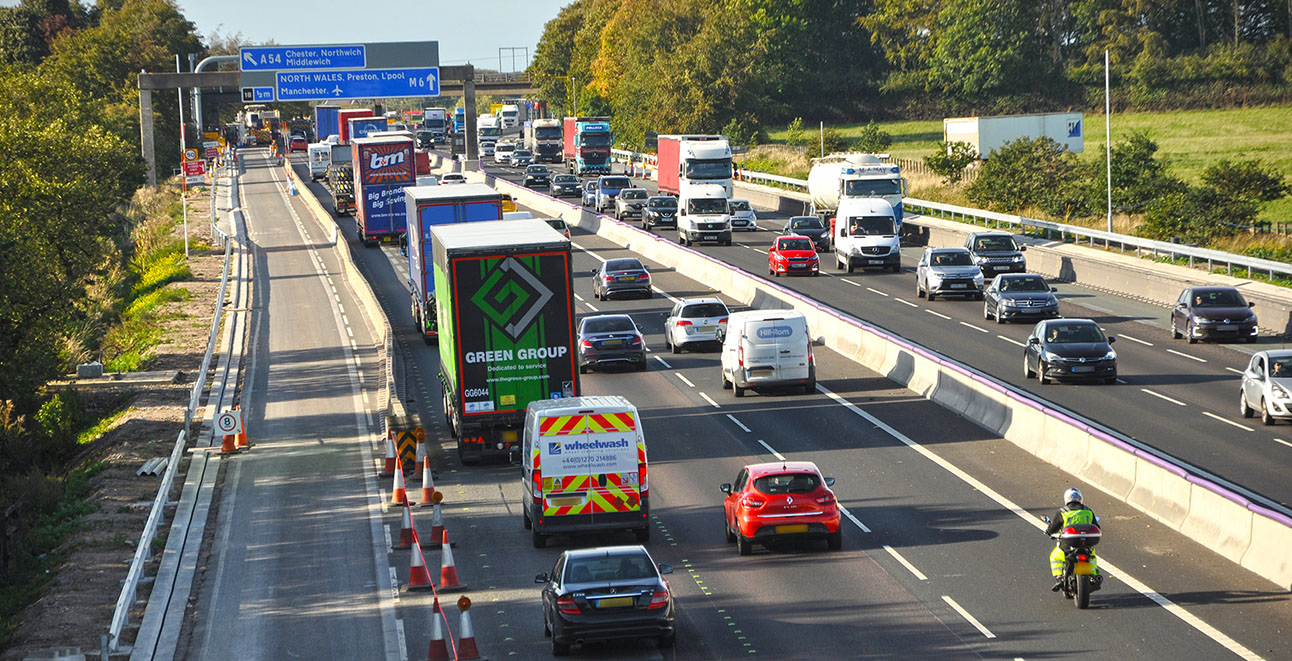
Various iterations of trucks, lorries and other vehicles, from rigids and articulated curtainsiders to skeletals and longer semi-trailers are widespread, not just on motorways but in rural areas, too. With November heralding darker and hence more dangerous times for everyone, but children and other vulnerable road users especially, it’s apt for fleet managers and others across the road transport industry to take a moment to reflect on road safety and to consider steps that can be made to keep commercial vehicle operators’ vehicles and personnel and those around them safer.
Cycle safety – a particularly vulnerable road user group
Cyclists are among the most at-risk road users, 2018 seeing them involved in 5.5% of fatalities and 14.5% of all serious road injuries despite accounting for less than 1% of road traffic, Cycling UK4 pointing out that “the proportion of casualties who were riding their bikes thus exceeds their share of traffic volume”. More sobering still, the organisation highlights: “Almost a fifth of cyclists’ fatalities involved HGVs, a huge proportion given that lorries only make up a tiny proportion of traffic (5%).”
Around one hundred cyclists are killed on British roads each year, a figure that has remained fairly constant5 for the past half a dozen years, and Brake has periodically published blogs on the Road Safety Week website on the risk link between cyclists and HGVs. In an article posted a couple of years ago, London’s walking and cycling commissioner, Will Norman, discussed how “Better design of HGVs is key to improving safety for cyclists”6 and, after encouragingly outlining how the capital’s riders had been faring better in recent years, he introduced the then Mayor Sadiq Kahn’s Vision Zero goal and also the Direct Vision Standard, which road transport operators are now busily preparing for ahead of its implementation in 2021.
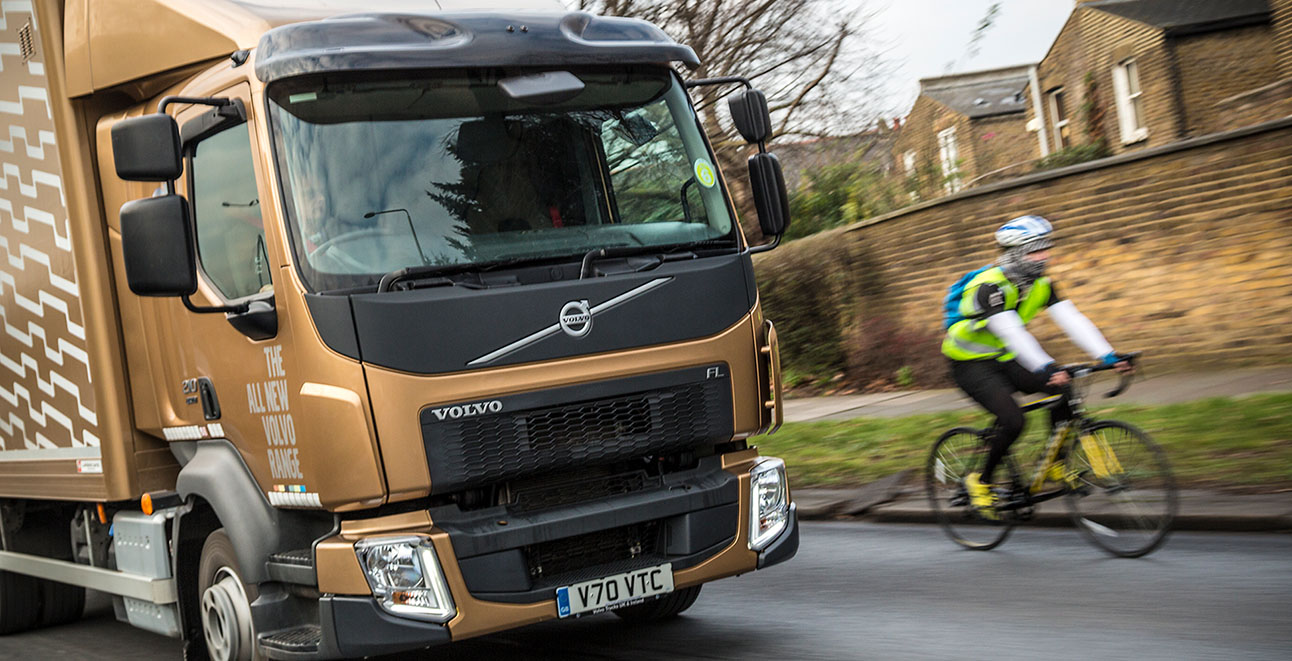
Mr Norman provided a fascinating and positive insight with the words: “Our world-leading research shows the extent of blind spots and the difference between types of HGV cabs and also proves that seeing a hazard directly, rather than indirectly via a mirror or camera, improves reaction times for drivers. At 15mph we found drivers of direct vision cabs could reduce their stopping distance by nearly five metres. If you’re on a bike or standing near a truck, that five metres is incredibly important.”
Safety systems for trucks
Truck tractor unit safety technology from Mercedes’7 Active Brake, Stability Control, Lane Keeping, Attention and Active Drive Assist suites, plus its MirrorCam system, alongside Volvo Trucks’8 strides such as ‘Collision Warning with Emergency Brake’ encompassing cameras and radars, and DAF Trucks’ ‘City Turn Assist’9 manoeuvring aid that also specifically cites cyclists and pedestrians in its documentation, are wholly to be welcomed – and it always encourages Tiger Trailers when customers collect their new trailers in trucks sporting safety features like these.
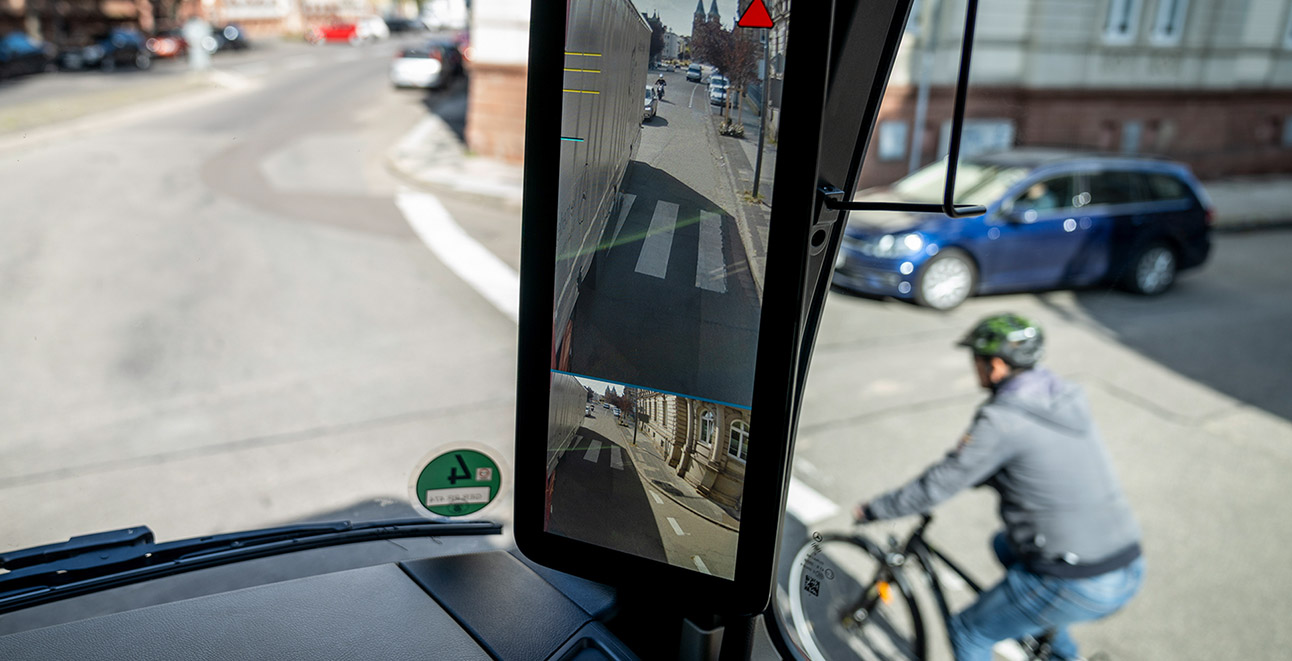
NuVech Solutions’ innovative AirBar safety system is often extolled by Tiger Trailers and is fitted to the curtainsided rigids manufactured for Univar Solutions, as documented in the case study. In NuVech’s own words, AirBar is “the first vehicle mounted, retractable safety device to provide drivers and operatives with a safe working area at the side of HGVs. A flexible membrane, inflating under pressure with a retractable element, AirBar can be deployed on many vehicle types involved in live lane working with the sole purpose of protecting drivers in these high risk environments.”
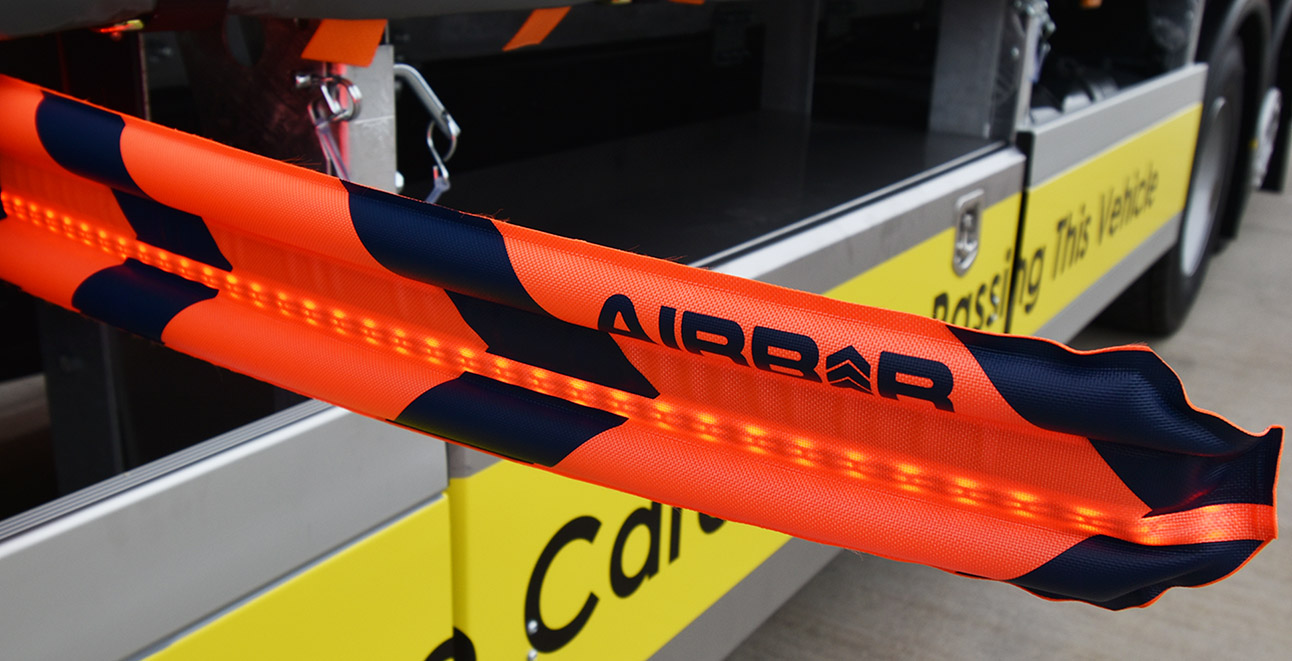
Many road transport operators already incorporate cyclist warning signage in their single and double deck trailers’ side infills, augmented by stickers displayed at the rear plus various reflective elements acting as simple yet effective safety boosts.
In December 2019, Commercial Fleet10 revealed that by 2020 all new vans and trucks will mandatorily be required to incorporate advanced driver safety systems (ADAS) under European laws, which we certainly hope will be upheld and mirrored by the British government post-Brexit. It was therefore somewhat concerning to read a month prior to the release of that news, that research11 by What Car? Vans had identified that a massive 88% of all new vans and light rigid commercial vehicles fell short of the EU’s proposed CV safety standards.
Autonomous truck development’s early safety systems
Autonomous trucks, perhaps operating in platoons, will eventually become commonplace on developed nations’ roads but, just like so-called ‘driverless’ cars with Tesla a prime example, this shakeup of the road transport sector is many years if not decades away from an everyday reality. However, the publication Transport Engineer12 provided a fascinating insight at the start of 2020 into how various components being developed for autonomous trucks are already in existence and, pertinently, could bring safety benefits.
Fully-automated couplings would eradicate the need for truck tractor cab operators to climb or to grapple with dirty airlines in sometimes unwelcoming surroundings, and the unit’s handbrake would be applied automatically. For logistics personnel delivering to tight timescales, automated couplings will be easier and faster to rely on than traditional, manual designs. An example is JOST’s Komfort-Kupplungs-System (KKS), which removes the need for suzies and winds the trailer’s legs up, potentially wiping out ‘split-coupling’ that is common with fridge trailers. The system “employs a wedge to connect the air and electrical services, this time sitting behind the trailer kingpin” with “the other half of the connection mounted below the fifth wheel.” JOST’s system is also said to be simpler to maintain, although converting a sizeable road transport fleet to use it would prove too onerous for some operators.

Tail-Lift Safety
Tail-lift operation naturally includes an element of operator risk, too, and UK Haulier13 explained how Lifting Operations and Lifting Equipment Regulations (LOLER) impact the haulage industry, from the use of fork-lift trucks (FLT) to the operating of cranes, hooks, ropes and other fixtures. Ensuring that robust training and operating procedures are in place and that inspections are regularly conducted are key steps that fleets should undertake if their trailers or rigid vehicles feature tail-lifts of any kind.
Driver fatigue in focus during the Covid pandemic
Truck driver fatigue is also another important issue, especially during a year as busy as 2020 when hauliers and other logistics firms have been especially busy keeping the UK running, its shelves stacked, PPE replenished and supply chains satiated amidst the Coronavirus or ‘Covid-19’ pandemic. In March, Motor Transport14 reported that the government had relaxed drivers’ maximum daily driving times, increasing the permitted duration to 11 hours, leading to voices such as SmartWitness calling for Whitehall to subsidise driver fatigue monitors.
Reassuringly, the Unite16 union came out at the start of the pandemic saying “lorry drivers will be flexible but safety must be paramount” in meeting the proliferating needs of the retail sector – which we would wholeheartedly agree with.
Facial recognition
In parallel, technology firms such as Exeros15 have asserted that facial recognition systems fitted in truck tractor cabs would help address driver fatigue and potential knock-on accidents caused in part by a driver shortage, exacerbated by the strain Covid-19 schedules have placed on operators.
Truck manufacturers’ safety technologies
OEM truck manufacturers are increasingly fitting an array of active and passive driver safety aids to their model ranges, a notable example being MAN’s17 new TGM, TGL, TGS and TGX units, for which Tiger Trailers incidentally provided new curtainsiders for its #SimplyMyTruck roadshows around the UK and Ireland. MAN’s new TGX tractors with their XLION packages feature a driver performance monitoring suite along with additional aids such as Lane Guard System.
For fleets conscious of safety, which can actually be effectively used in their CSR and marketing initiatives, the Fleet Operator Recognition Scheme (FORS) is well worth becoming a member of and provides driver training with enhanced road safety in mind.
Trailer safety and the EN 12642 XL standard
In relation to trailers, Structure-Flex18 put it succinctly in their blog “Curtain design is pivotal for safety”, nicely describing how “curtainsiders have developed from simple flat sheets and tarpaulins through welded curtains to pocket strap and ‘load bearing’” – and Tiger Trailers has certainly seen an increasing percentage of customers opt to specify as many of their products’ components to EN 12642 XL standards as possible. As the government website explains, “vehicle and trailer bodies do not have to be built to this standard in the UK but XL bodies are a useful part of the load securing system” and “can withstand a minimum of 40% of the rated payload to the side – without extra load securing”.
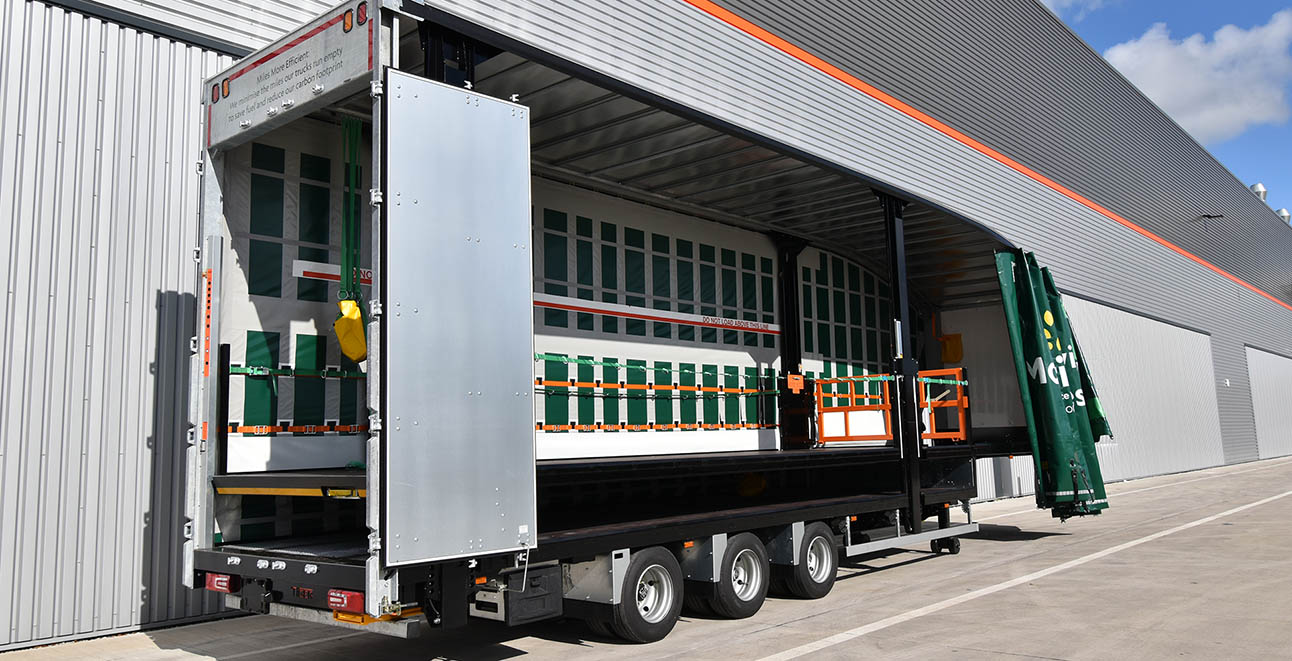
‘Positive fit’ trailer configurations within which the load is filled to within 80mm of clearance at the sides and all the way to the front and rear mean that the DVSA allow 50% of the rated payload to be kept to the side without necessitating extra load securing.
EN 12642 XL-rated trailers and rigid bodies display stickers confirming that they have been manufactured to this standard, with the government’s full guidelines covering double deck trailers, palletised loads and other focusses detailed on the GOV.UK website19 – and we certainly hope the standard is perpetuated and indeed enhanced here in the UK once the Brexit transition period has passed. Partly with safety in mind, alongside maximising payload and increasing efficiencies through reduced fuel spend and other factors, Tiger Trailers continues to innovate in trailer design and engineering, as evidenced by our Captive Rave load-securing system that keeps British Gypsum, Morrisons supermarket and other customers’ driver-operators safer.
Is truck/trailer camera technology worth fleets’ investment?
Camera technology is also increasingly being embraced by road transport operators of all sizes, from dash cams and more simplistic rear reversing cameras to 360-degree suites, not only aiding manoeuvring on the road and in yards and keeping other road users safer, but also improving driver behaviour and proving useful in accidents and other legal situations, particularly when paired with telematics technology.
From Air Products20 utilising forward-facing, app-connected dash cams in its HGV fleet as data-based driver training tools, to Wincanton21 investing in 360-degree cameras and telematics hardware that record all-round footage throughout every journey to educate their drivers over how their behaviour at the wheel directly impacts fuel spend, tyre wear and other variables not to mention safety, fleet technology is a fast-growing trend that also benefits the environment through reduced CO2 emissions.
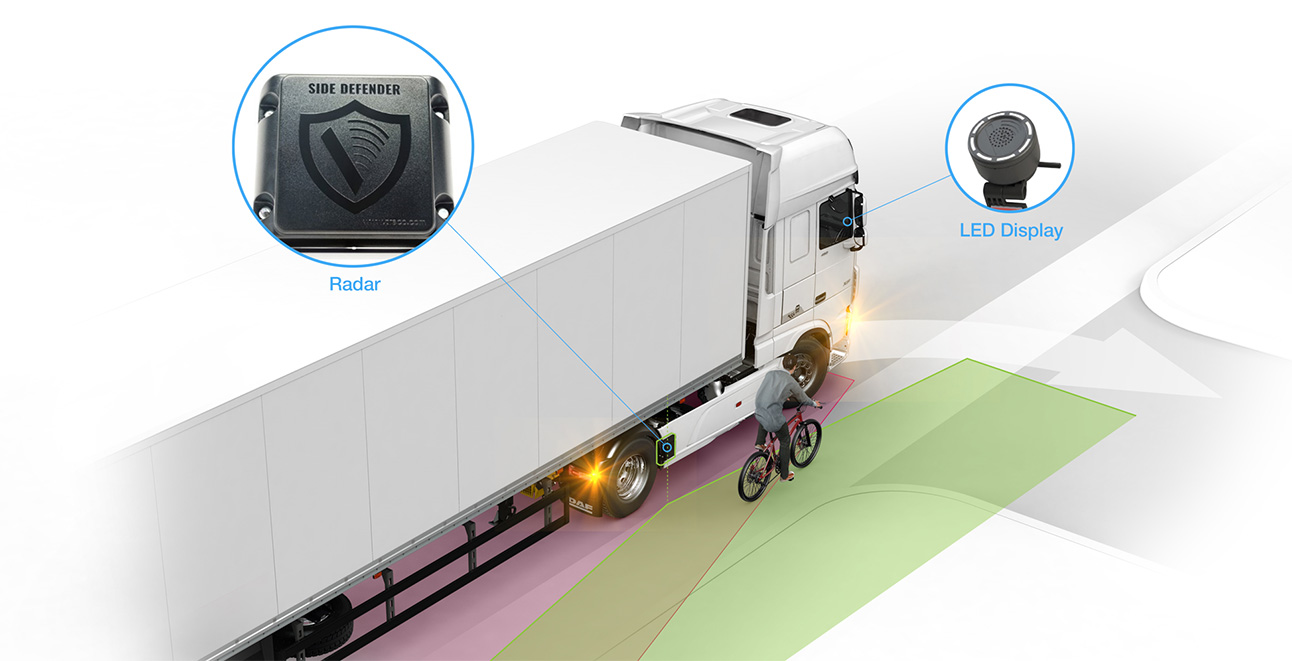
A survey22 commissioned by a vehicle safety manufacturer on behalf of Motor Transport and Commercial Motor magazines in April 2020 identified that 29% of the participating fleets had seen personal injury claims dropped, 56% had achieved an improvement in driving behaviour, and 32% had reduced their fleet insurance premiums.
Truck manufacturers are increasingly offering factory-fit safety technology to customers, an example23 being DAF Trucks CF and XF tractor cab units and rigids that comply with London’s Direct Vision Standard (DVS) and feature a camera mounted on the nearside paired with an in-cab monitor, along with proximity sensors on the nearside, audible warnings and, if desired, a reversing camera. In the trailer sector, Tiger Trailers is also seeing growing interest in safety technology amongst fleets.
Traffic during the second lockdown seemingly resumed near-normal levels, proving a disappointment to some, and with internet shopping and parcel deliveries on a one-way trajectory, it’s vital now more than ever that logistics firms, hauliers and other road transport operators promote the highest levels of safety possible. Investing in the various mechanical and technological systems available can clearly reap wide-ranging dividends, from safety and reduced vehicle damage to increases in fuel efficiency and a softer impact on the environment. Tiger Trailers’ team would be happy to discuss the various safety-related systems and features available for trailers.
© Tiger Trailers, November 2020
Sources:
1. http://roadsafetyweek.org.uk/our-theme
2. https://www.racfoundation.org/motoring-faqs/mobility
3. https://assets.publishing.service.gov.uk/government/uploads/system/uploads/attachment_data/file/898747/domestic-road-freight-statistics-2019.pdf
4. https://www.cyclinguk.org/blog/road-casualties-2018-vital-statistics-cycle-campaigning
5. https://www.statista.com/statistics/866642/road-fatalities-cyclists-great-britain/
6. http://roadsafetyweek.org.uk/blog/entry/better-design-of-hgvs-is-key-to-improving-safety-for-cyclists
7. https://www.mercedes-benz-trucks.com/en_GB/models/new-actros/greater-safety.html
8. https://www.volvotrucks.com/en-en/news-stories/magazine-online/2017/jul/tech-focus-emergency-brake.html
9. https://www.daf.co.uk/en-gb/trucks/daf-cf/daf-cf-safety-and-comfort
10. https://www.commercialfleet.org/news/latest-news/2019/12/04/safety-systems-mandatory-in-all-new-cvs-from-2020
11. https://www.whatcar.com/advice/buying/just-one-in-ten-vans-feature-safety-kit-set-to-be-mandatory-by-2022/n20528
12. http://www.transportengineer.org.uk/transport-engineer-features/fifth-wheels-and-couplings-connecting-hands-free/222626
13. https://www.ukhaulier.co.uk/news/road-transport/health-and-safety/why-loler-matters-for-businesses-in-the-haulage-industry/
14. https://motortransport.co.uk/blog/2020/03/31/hgv-drivers-on-extended-hours-need-fatigue-monitors-safety-consultant-warns/
15. https://www.exeros-technologies.com/how-facial-recognition-technology-can-help-prevent-truck-driver-fatigue/
16. https://unitetheunion.org/news-events/news/2020/march/coronavirus-lorry-drivers-will-be-flexible-but-safety-must-be-paramount-warns-unite/
17. https://www.truck.man.eu/uk/en/trucks/tgx/overview/tgx.html#safety_and_efficiency_systems
18. https://www.structure-flex.co.uk/latest-news/trailer-curtain-design
19. https://www.gov.uk/government/publications/load-securing-vehicle-operator-guidance/load-securing-vehicle-operator-guidance
20. https://motortransport.co.uk/blog/2020/05/28/new-vehicle-camera-technology-helps-reduce-road-accidents-by-almost-a-quarter/
21. https://motortransport.co.uk/blog/2020/01/31/wincanton-invests-in-camera-and-telematics-technology/
22. https://motortransport.co.uk/blog/2020/04/28/vehicle-cameras-slash-personal-injury-claims-and-incident-reports-survey-shows/
23. https://www.ukhaulier.co.uk/news/road-transport/technology/daf-trucks-makes-available-factory-fit-camera-and-sensor-system/

